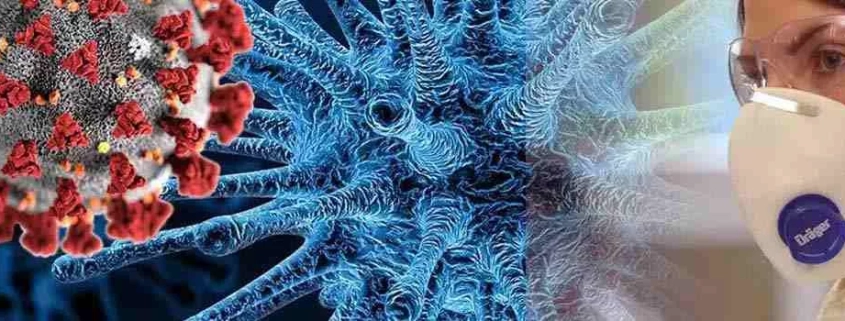Flu Mask
WHO (World Health Organization) states that coronaviruses are a large family of viruses that cause diseases ranging from a simple cold to more serious pathologies such as MERS (Middle East Respiratory Syndrome) or SARS (severe acute respiratory syndrome). The virus identified in China is a new coronavirus. It has been named 2019-nCoV.
coronavirus symptoms
The main symptoms are fever and cough or shortness of breath. In more severe cases, the patient may experience acute respiratory distress, acute renal failure, or even multivisceral insufficiency, which can lead to death. The incubation period, the time between exposure to the virus and the appearance of the first symptoms, is estimated to be between 10 and 14 days.
coronavirus transmission
Coronaviruses spread from person to person through close contact or respiratory secretions (coughing, sneezing). Touching an object or surface that has come into contact with the virus and then touching your mouth, nose, or eyes before washing your hands can also spread the coronavirus.
Flu mask race against coronavirus
The demand for “coronavirus masks” increased very sharply in mid-January after the virus spread around the world. The coronavirus outbreak, first declared in the Hubei region of China on December 31, 2019, has now reached several thousand people infected in China, and there are now cases of transmission in many other countries.
In the face of the rapid spread of the coronavirus, it is strongly recommended to take comprehensive preventive measures and pay particular attention to the following:
- Limit travel to risk areas whenever possible.
- Frequently use hydroalcohol solution for hand disinfection.
- Use disposable wipes.
- Wear an FFP2 or FFP3 class face mask to protect yourself from the virus but also stay away from possible contamination.
In recent days, many observers have noted a “mad rush” in sales of masks against the coronavirus, with a shortage of face masks in pharmacies and many wholesalers. Faced with this equipment race, it is important to understand the actual function of a flu mask.
Flu mask – protective face mask
FFP3 protection class
Disposable masks, more commonly known as ” dust masks ”, are respiratory protective devices popular in dusty environments or environments with toxic substances such as viruses (avian flu, H1N1, Coronavirus, etc.) or bacteria. They are governed by the EN149:2001 standard, which defines 3 protection classes (FFP1, FFP2 or FFP3) according to their ability to retain solid and/or liquid particles such as aerosols. FFP3 class is the most efficient (> 99% filtration) and therefore should be preferred based on the principle of “he who can do the most, can do the least”.
Why disposable mask?
First of all, it is common sense. In cases of increased contamination risks, disposable wipes, such as disposable masks, will be preferred. Masks are one of the best protections against the risks of chemical or biological contamination. They are used for a certain period of time and thrown away after use. It is important for safety to make sure you use hydro alcohol solution before and after safe insertion and disposal.
Why breathing valve?
For use lasting more than tens of minutes, the use of an FFP3 mask with an exhalation valve is strongly recommended. The exhalation valve expels warm and moist exhaled air, thus preventing heat and condensation from accumulating under the mask. In short, the flu mask with valve ensures that its user stays in a cool and healthy environment. Breathing is particularly easy thanks to the very low breathing resistance (thanks to the valve).
Our tips and suggestions
Many colleagues recommend using at least a disposable FFP2 mask. As mentioned above, we are more likely to recommend the use of FFP3 masks, which filter out maximum 99% of particles and aerosols with an exhalation valve for better hygiene and increased comfort. Two models caught our attention: the X -plore 1930 V mask, a foldable version, and the GVS Elipse mask, available on our website SafetyGas.com, a reusable version.



